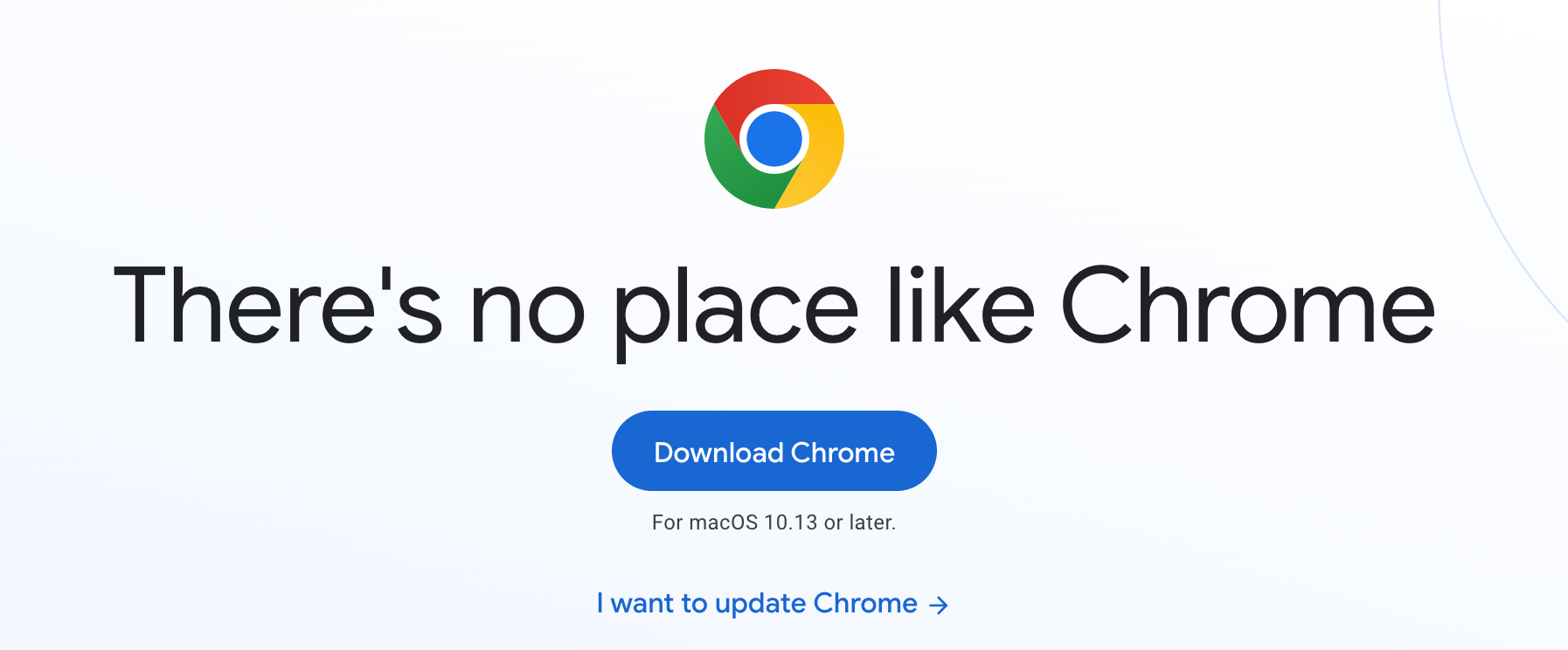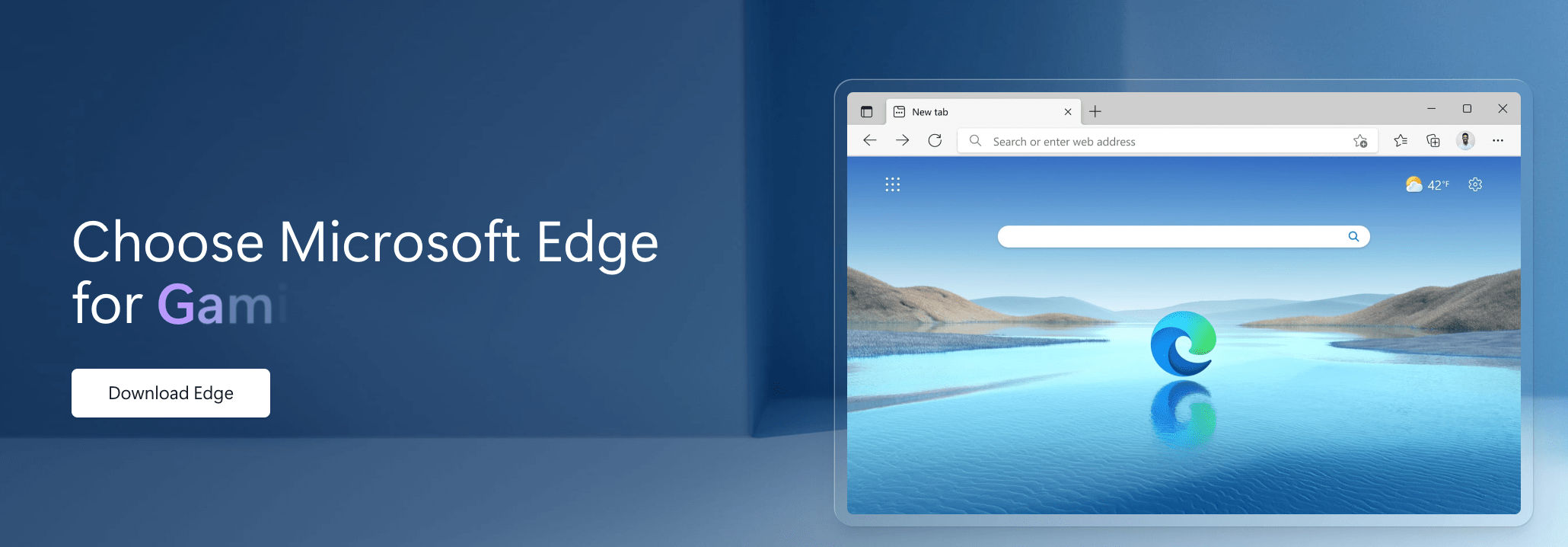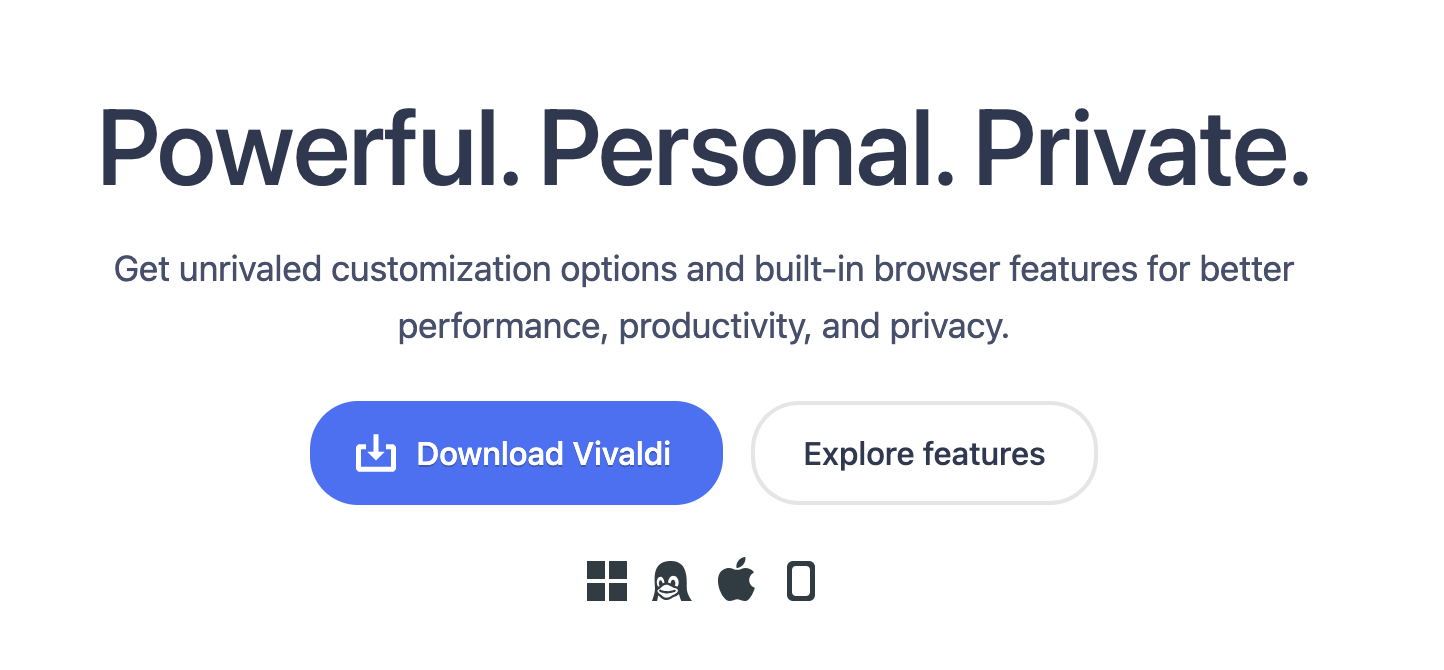Chromium and Chrome are two web browsers often mentioned together, but they have important differences. This comprehensive comparison will explore their features, development, performance, and user experience. Understanding these distinctions will help you choose the browser that suits your needs best.
Here’s what you should know about Google Chrome vs Chromium.
What Is Chromium?
Chromium is an open-source web browser project developed by Google. It serves as the foundation for several popular browsers, including Google Chrome, Microsoft Edge, and Opera.
Being open-sourced means that Chromium provides a platform for developers to create fast, secure, and customizable web browsing experiences. It offers features such as tabbed browsing, bookmark management, developer tools, and support for web technologies. The project’s source code is freely available, allowing the community to contribute and improve the browser’s functionality.
Chromium vs. Chrome: Understanding the Differences
The main and most essential difference on which all other distinctions are based is the development process.
While Chromium is an open-source project maintained by the Chromium Project community, Chrome is the browser that is just built on the Chromium codebase, but improved and customized to suit average users by Google.
From this point the main differences are:
Branding and Updates: Chromium lacks branding and proprietary components specific to Chrome, such as the Google logo and certain services. Chrome is updated more frequently with new features and security patches, while Chromium updates are less frequent.
Privacy Concerns: Chromium does not include certain data collection and tracking features present in Chrome, making it potentially more privacy-focused. However, Chrome integrates with Google services and collects user data unless modified with additional privacy settings.
Related: Digital Privacy: Tips on How to Protect Yourself on the Internet
User Experience And Distribution: Used as a primary browser by over 2.65 billion people, Chrome provides a more polished and user-friendly experience, with additional features like automatic updates, media codecs, and support for proprietary technologies. Chromium, being more barebones, requires additional setup and configuration for optimal usage.
Overall, Chromium and Chrome share a common codebase, but Chrome offers a more refined and feature-rich browsing experience, while Chromium provides a customizable, open-source foundation for developers and users seeking more control and privacy.
Chromium Vs Google Chrome: Feature Comparison
When comparing Chromium vs Chrome Browser, consider the following feature differences:
- Media Codecs: Chrome includes proprietary media codecs for playing various multimedia formats, while Chromium requires additional installation of codecs for certain file types.
- Flash Player Integration: Chrome integrates Adobe Flash Player, enabling seamless playback of Flash content, whereas Chromium requires manual installation and configuration of Flash Player.
- DRM Support: Chrome includes Digital Rights Management (DRM) support for streaming services, such as Netflix, while Chromium may lack this functionality by default.
- Stability and Bug Fixes: Chrome undergoes additional testing and bug fixes to ensure stability and reliability, making it generally more stable than Chromium, which may have occasional issues due to its rapid development cycle.
Also Read: Taking Control: Removing Your Info from Data Brokers
- Additional Services: Chrome integrates seamlessly with various Google services, such as Google Account sync, Google Translate, and Google Safe Browsing, providing an enhanced browsing experience not available by default in Chromium.
Overall, Chrome offers a more comprehensive and feature-rich browsing experience out of the box, while Chromium provides a more customizable and privacy-oriented foundation for users who prefer greater control and openness.
Pros And Cons of Chromium
Chromium: Pros
- Customizability: Chromium is an open-source project, allowing developers to access and modify its source code freely. Being open-source, it provides a highly customizable platform for developers to create their own browsers or customize existing ones to suit specific needs.
- Privacy Focus: Chromium, without the proprietary features found in Chrome, is often considered more privacy-oriented, as it lacks certain data collection and tracking mechanisms.
- Stability: Despite its rapid development cycle, Chromium is generally stable, thanks to extensive testing and bug fixes.
- Developer-Friendly: Chromium offers robust developer tools, including a comprehensive set of APIs and debugging capabilities, supporting the creation of innovative web applications and extensions.
Chromium: Cons
- Lack of Polished User Experience: Chromium’s interface is more minimalistic and lacks the polished user experience found in browsers like Chrome, which may be less appealing to some users.
- Manual Updates: Unlike Chrome, Chromium does not offer automatic updates, requiring users to manually update the browser to access the latest security patches and features.
- Limited Media Support: Chromium may require additional installation of codecs for certain media formats, as it lacks the proprietary codecs bundled with Chrome.
- Flash Player Integration: Chromium does not include Adobe Flash Player by default, necessitating manual installation and configuration for Flash content playback.
- Dependency on Third-Party Builds: While Chromium is open-source, users often rely on third-party builds or distributions for a more user-friendly experience, which may introduce variations in stability or security.
It’s important to note that some disadvantages of Chromium can be mitigated through additional configurations or by opting for pre-packaged Chromium-based browsers that address specific needs.
Chromium-Based Browsers: A Closer Look
Chromium-based browsers are web browsers that utilize the Chromium open-source project as their foundation. Let’s take a closer look:
Google Chrome: Developed by Google, Chrome is the most popular Chromium-based browser. It incorporates additional proprietary features, such as automatic updates, media codecs, and integration with Google services like Google Account sync and Google Translate.

Microsoft Edge: Microsoft Edge transitioned to a Chromium-based architecture, replacing its previous proprietary engine. It offers a similar browsing experience to Chrome, with Microsoft-specific features and integration, such as Microsoft Account sync and compatibility with Windows 10 features.

Opera: Opera is another well-known Chromium-based browser that adds its own unique features and design elements. It offers a customizable user interface, built-in ad-blocking, a free VPN, and various productivity tools.

Brave: Focused on privacy and security, Brave is a Chromium-based browser that incorporates features like built-in ad-blocking, HTTPS Everywhere, and privacy-oriented default settings. It aims to offer a faster and safer browsing experience.

Vivaldi: Vivaldi is a highly customizable Chromium-based browser designed for power users. It provides extensive customization options, tab management features, built-in note-taking, and advanced bookmarking capabilities.

These Chromium-based browsers leverage the core features and stability of Chromium while adding their own unique functionalities and user experiences.
Also Read: What is the Best Internet Browser?
Conclusion
Chromium and Chrome share a common codebase, but there are important distinctions between the two. Chrome offers a more polished user experience, automatic updates, and proprietary features like media codecs and Google service integration. On the other hand, Chromium is open-source, customizable, and often considered more privacy-focused. While Chrome suits users seeking a feature-rich and hassle-free browsing experience, Chromium provides flexibility, transparency, and a foundation for developers and privacy-conscious users. Choosing between the two depends on individual preferences, priorities, and desired levels of control.
FAQ
Are Chromium And Chrome the Same Thing?
Chromium and Chrome are related but not the same. Chromium is an open-source browser project, while Chrome is a browser built on the Chromium codebase, with additional proprietary features and modifications made by Google.
What Is the Main Difference Between Chrome and Chromium?
The main difference lies in their additional features and branding. Chrome includes proprietary components, automatic updates, media codecs, Google service integration, and a polished user experience. Chromium is more customizable, lacks proprietary features, requires manual updates, and is considered more privacy-oriented.
Is Chromium Faster Than Chrome?
In general, there isn’t a significant difference in terms of speed between Chromium and Chrome. Both browsers utilize the same underlying rendering engine (Blink) and offer similar performance. However, variations in performance can occur due to additional features, settings, or modifications made in specific browser builds.
What Are Browsers That Are Not Chromium Based?
Several popular browsers are not based on Chromium. Some notable examples include Mozilla Firefox, Apple Safari (WebKit-based), Opera (pre-Chromium versions), and Microsoft Internet Explorer or Microsoft Edge (pre-Chromium versions). These browsers have their own rendering engines and distinct features that differentiate them from Chromium-based options.



